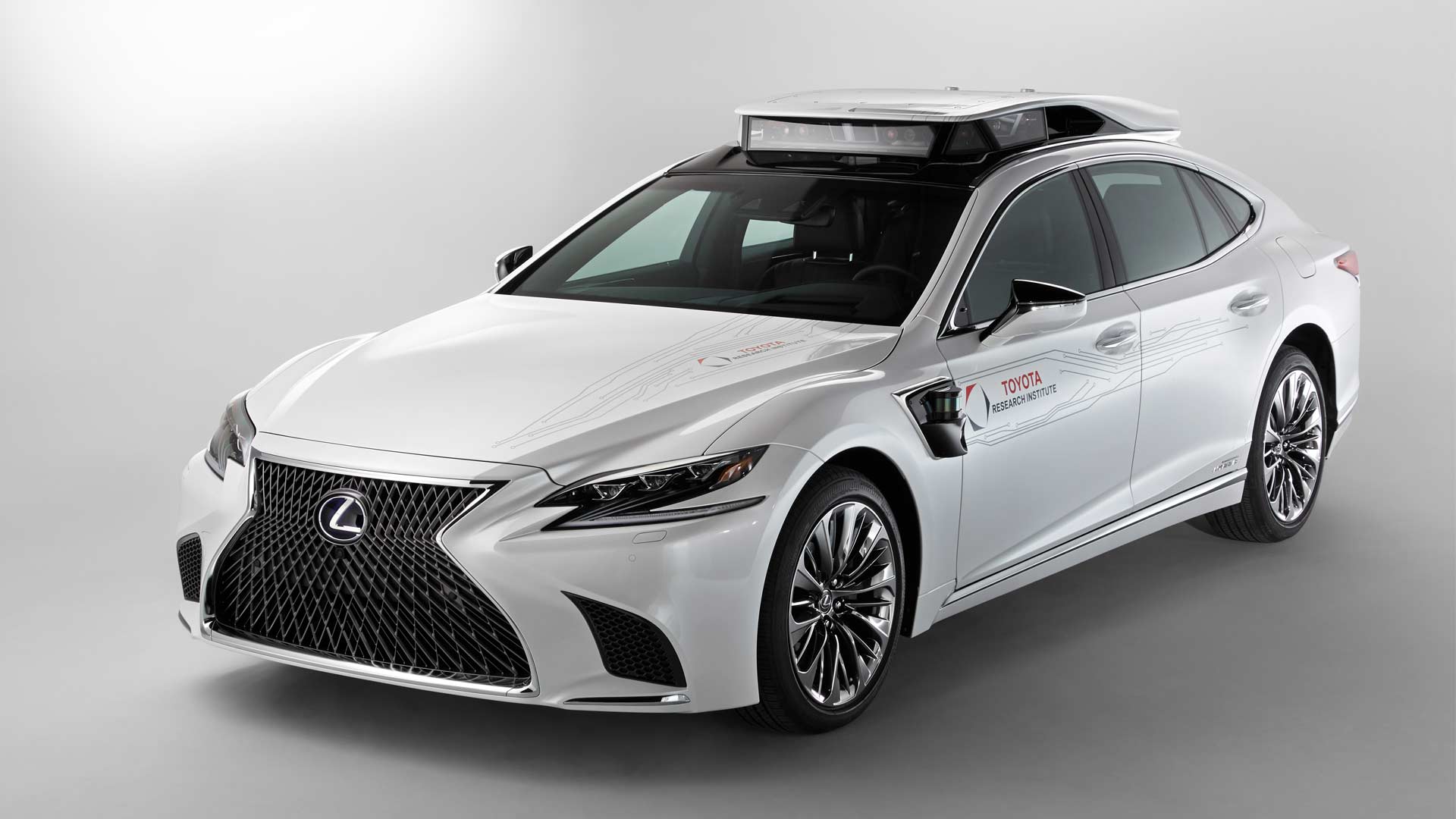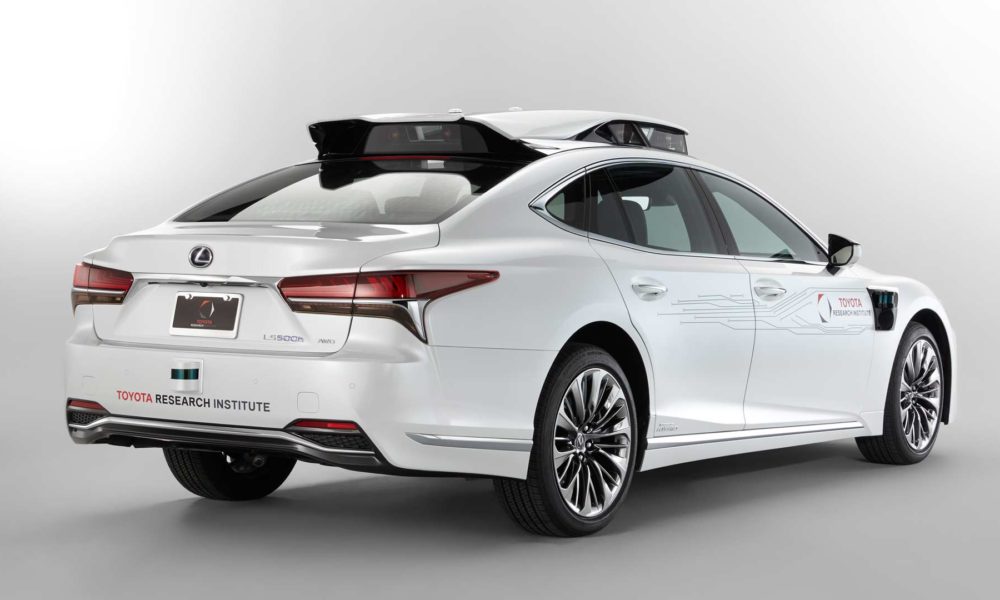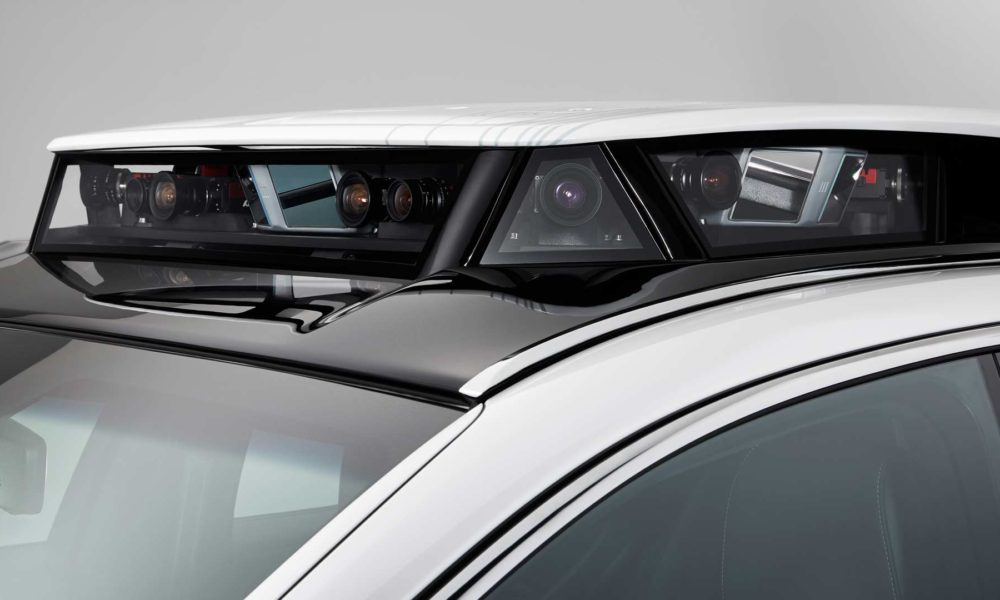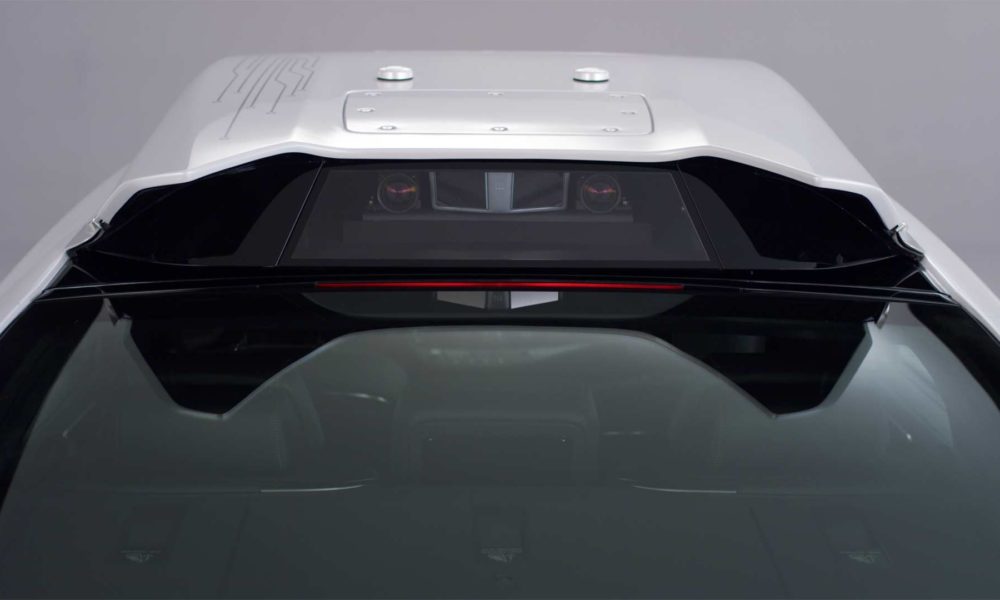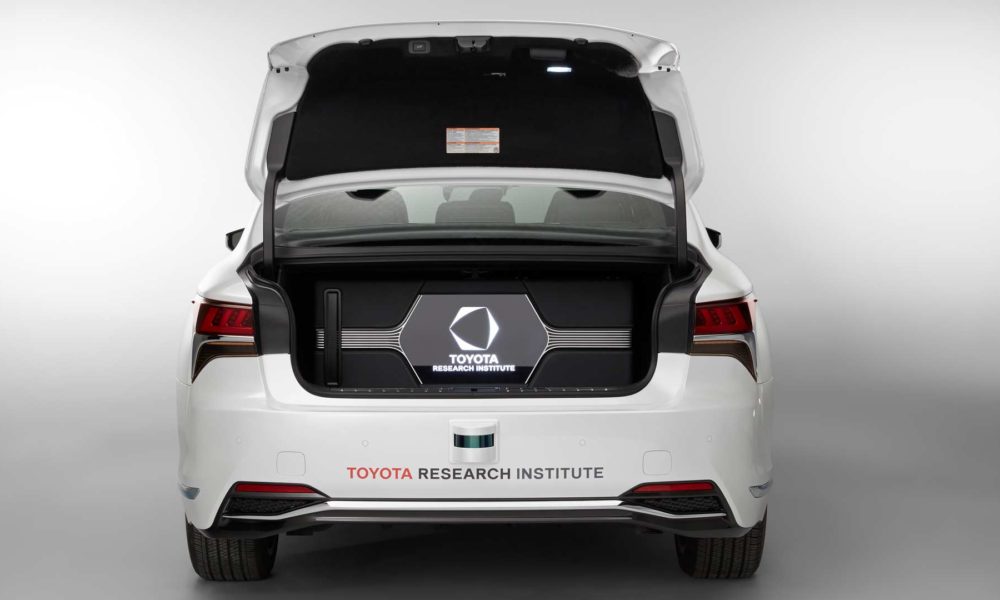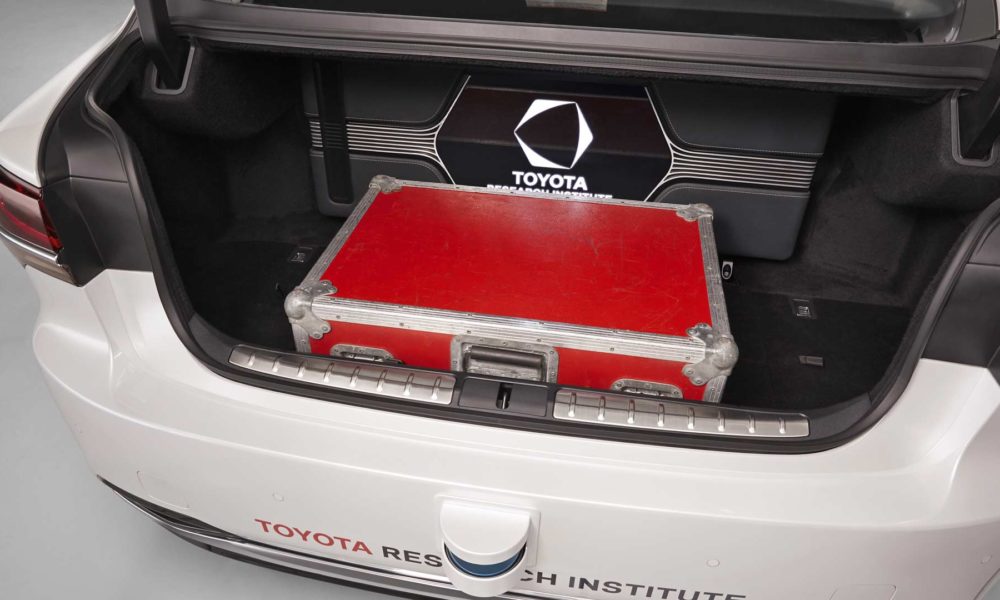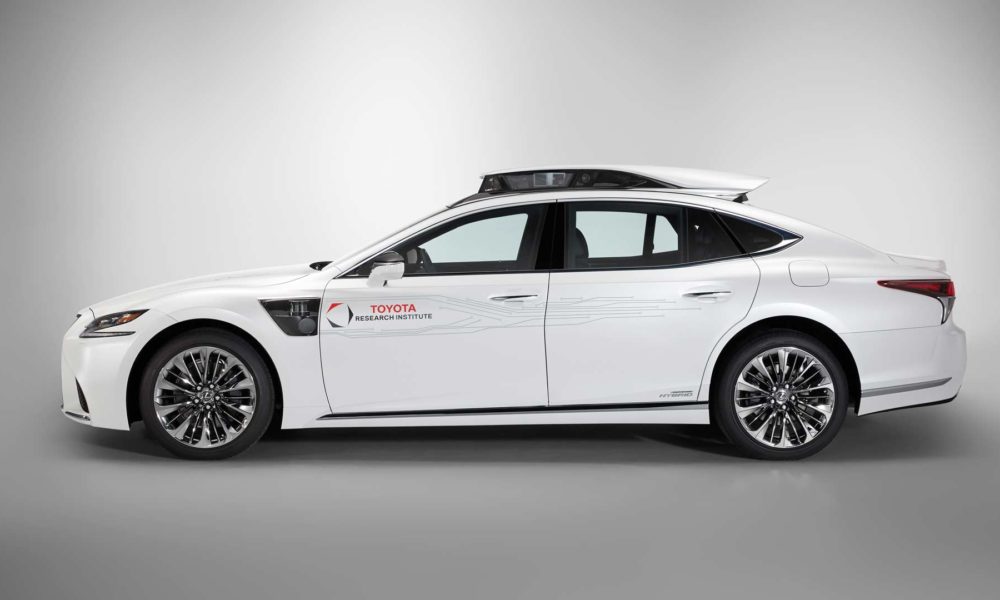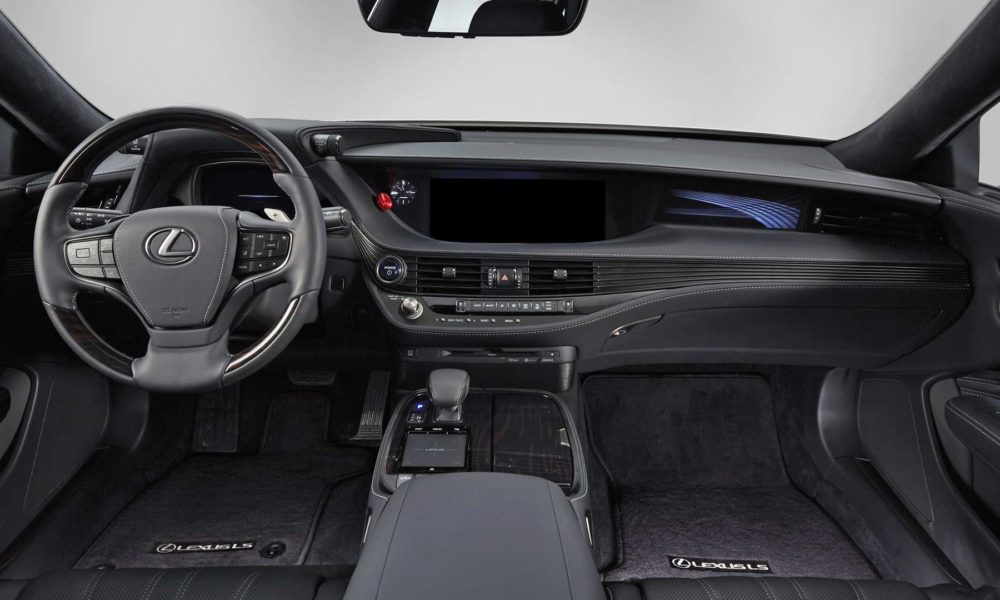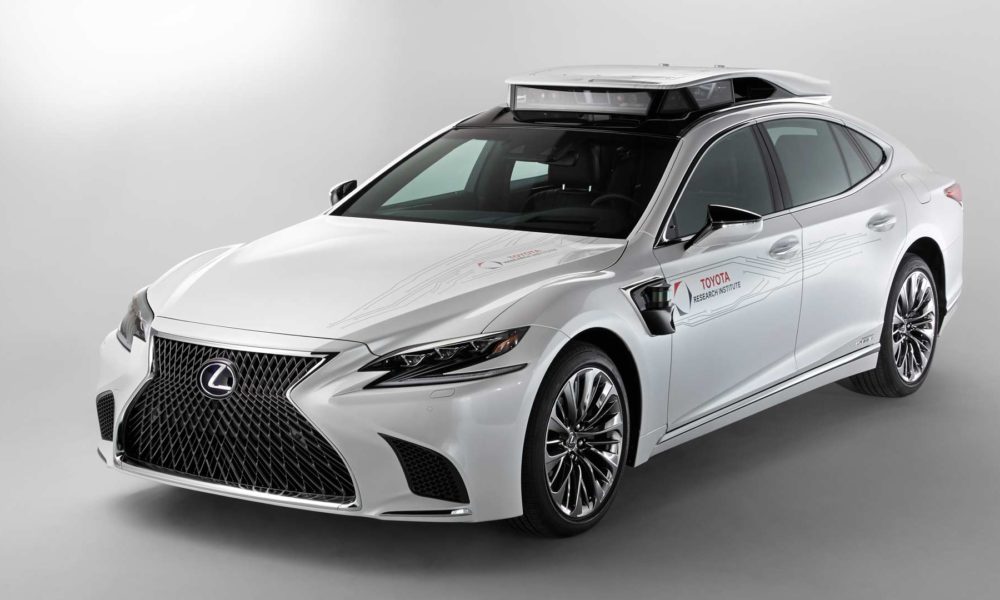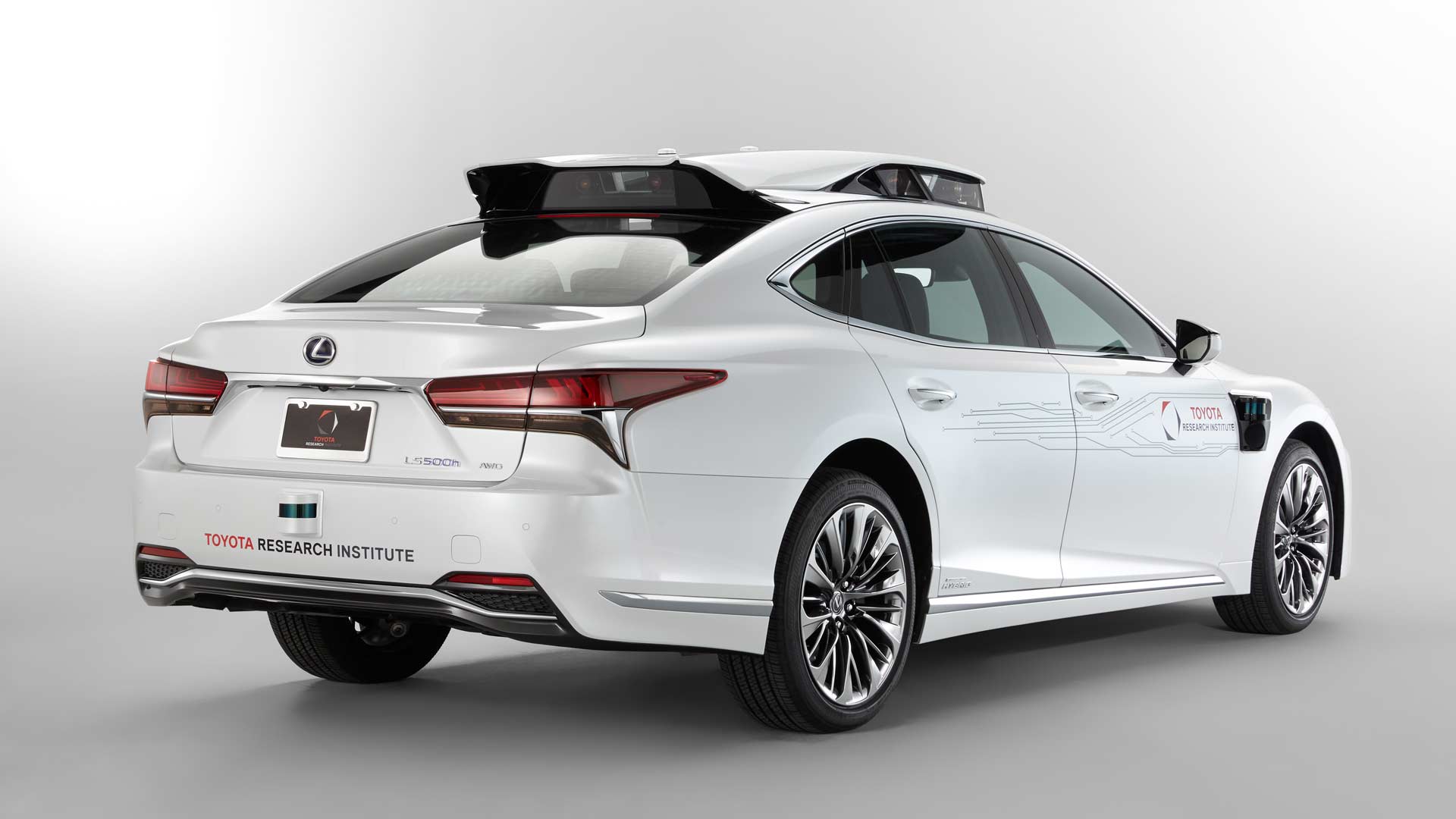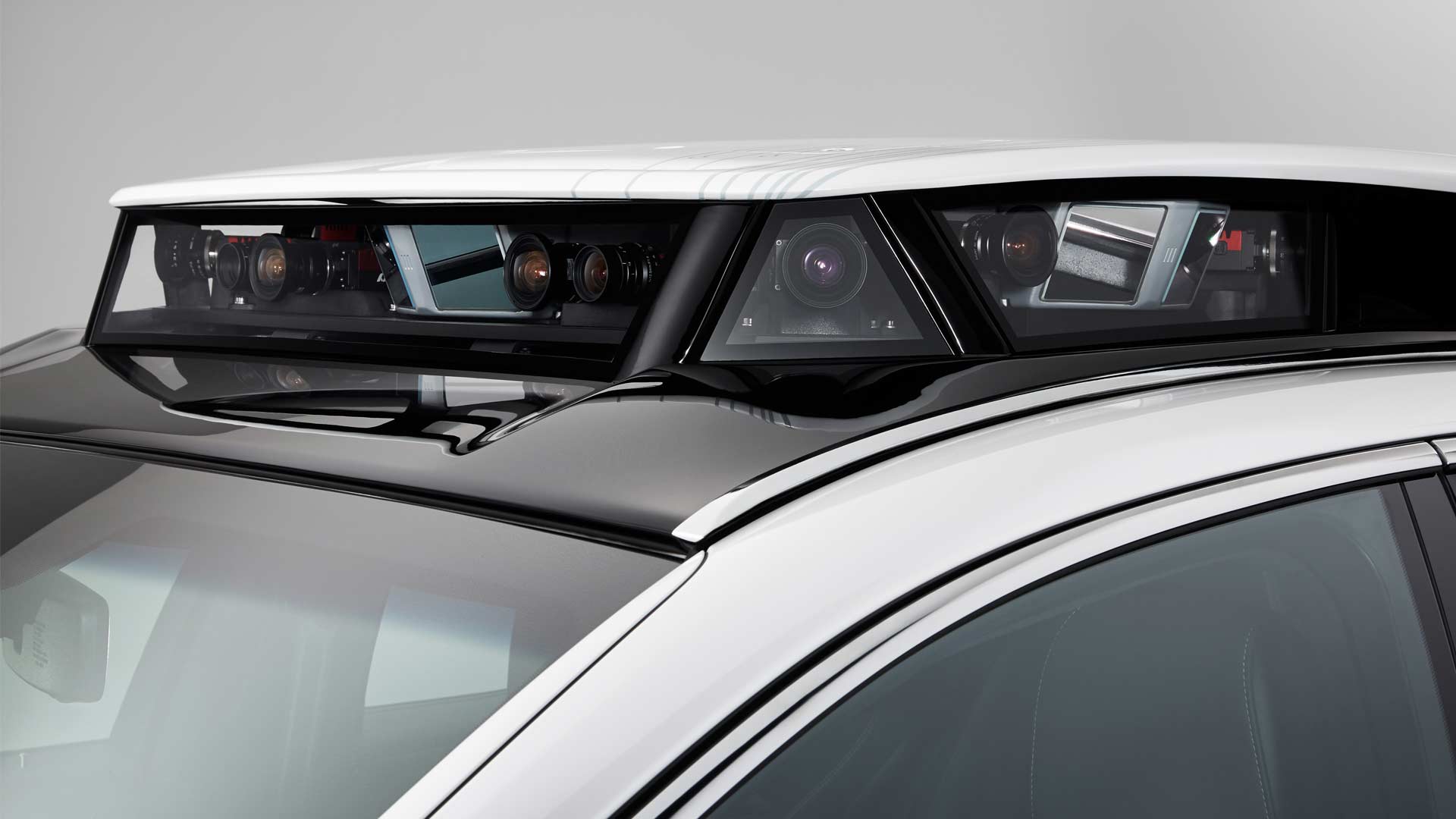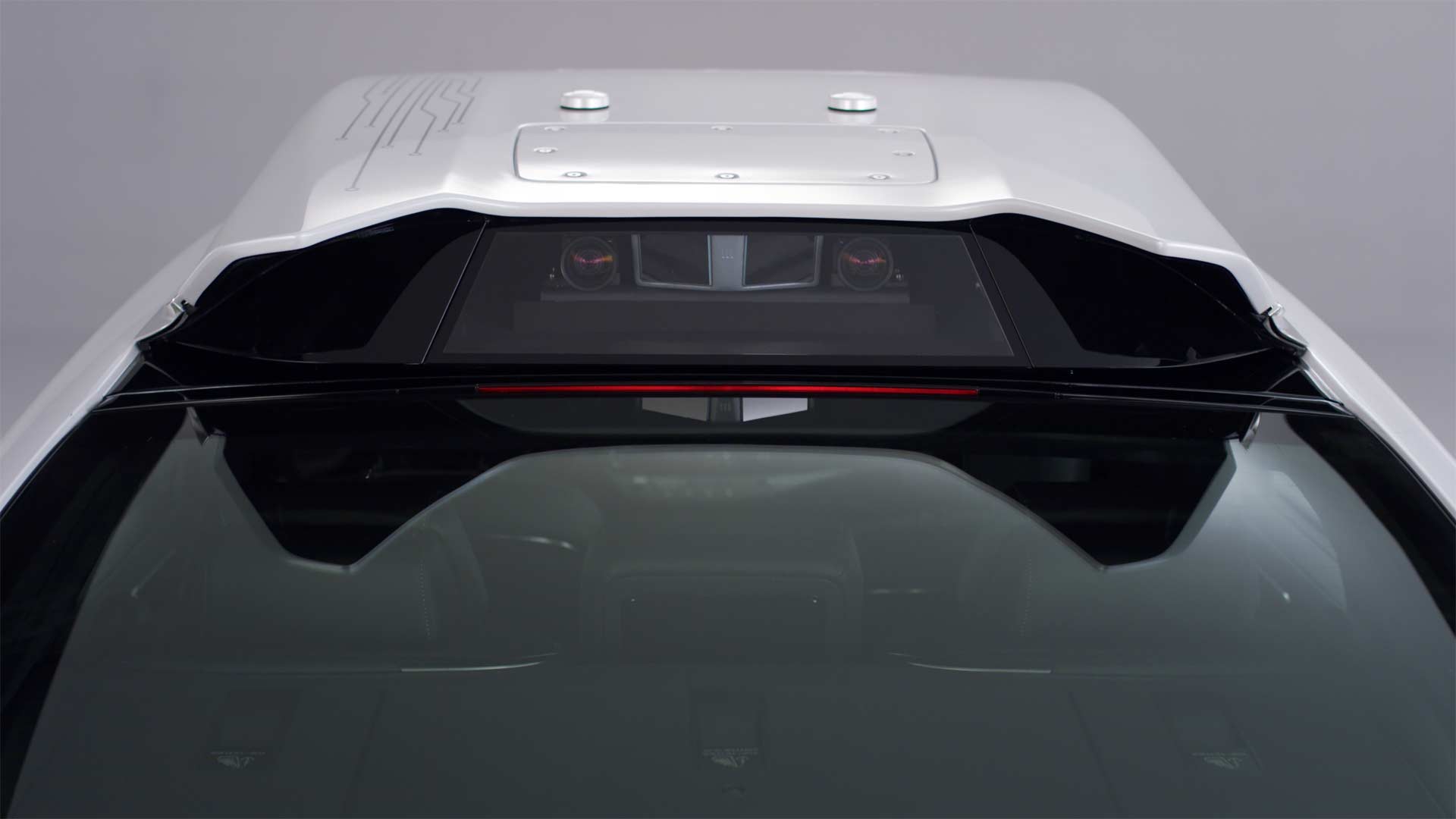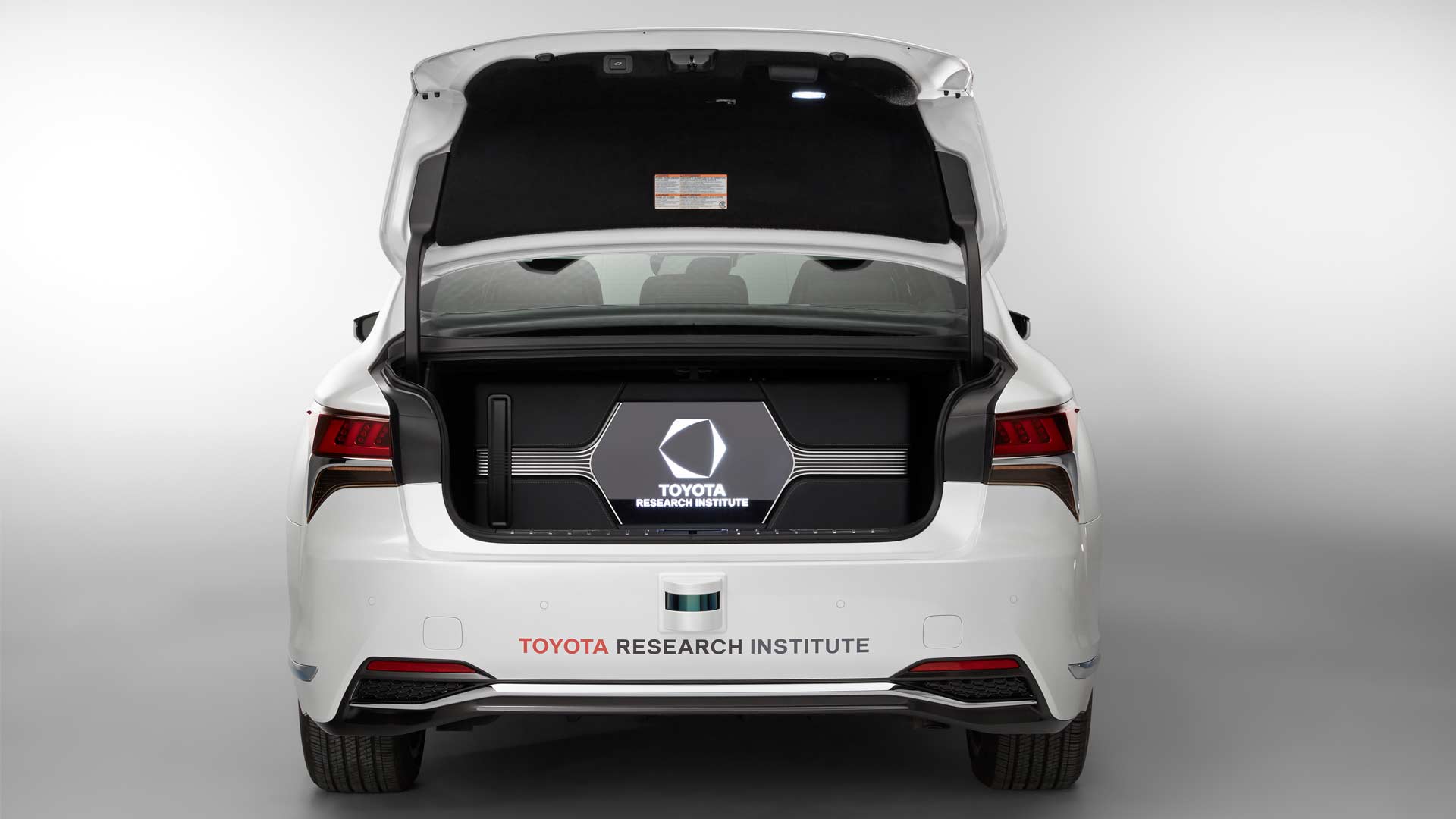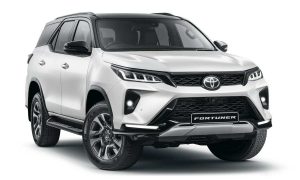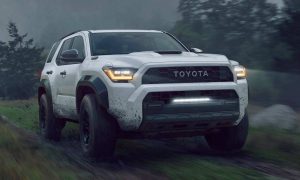Simply put, the P4 is a much improved design and compact packaging of the radar system and cameras compared to the Platform 3.0 which we saw a year ago. As the pictures suggest, the P4 is based on the 5th generation Lexus LS 500h.
The P4 will be used to further develop the Guardian and Chauffeur systems that we saw in the Platform 2.1. The new platform adds two additional cameras to improve situational awareness on the sides and two new imaging sensors―one facing forward and one pointed to the rear―specifically designed for autonomous vehicles. The imaging sensors feature new chip technology with high dynamic range.
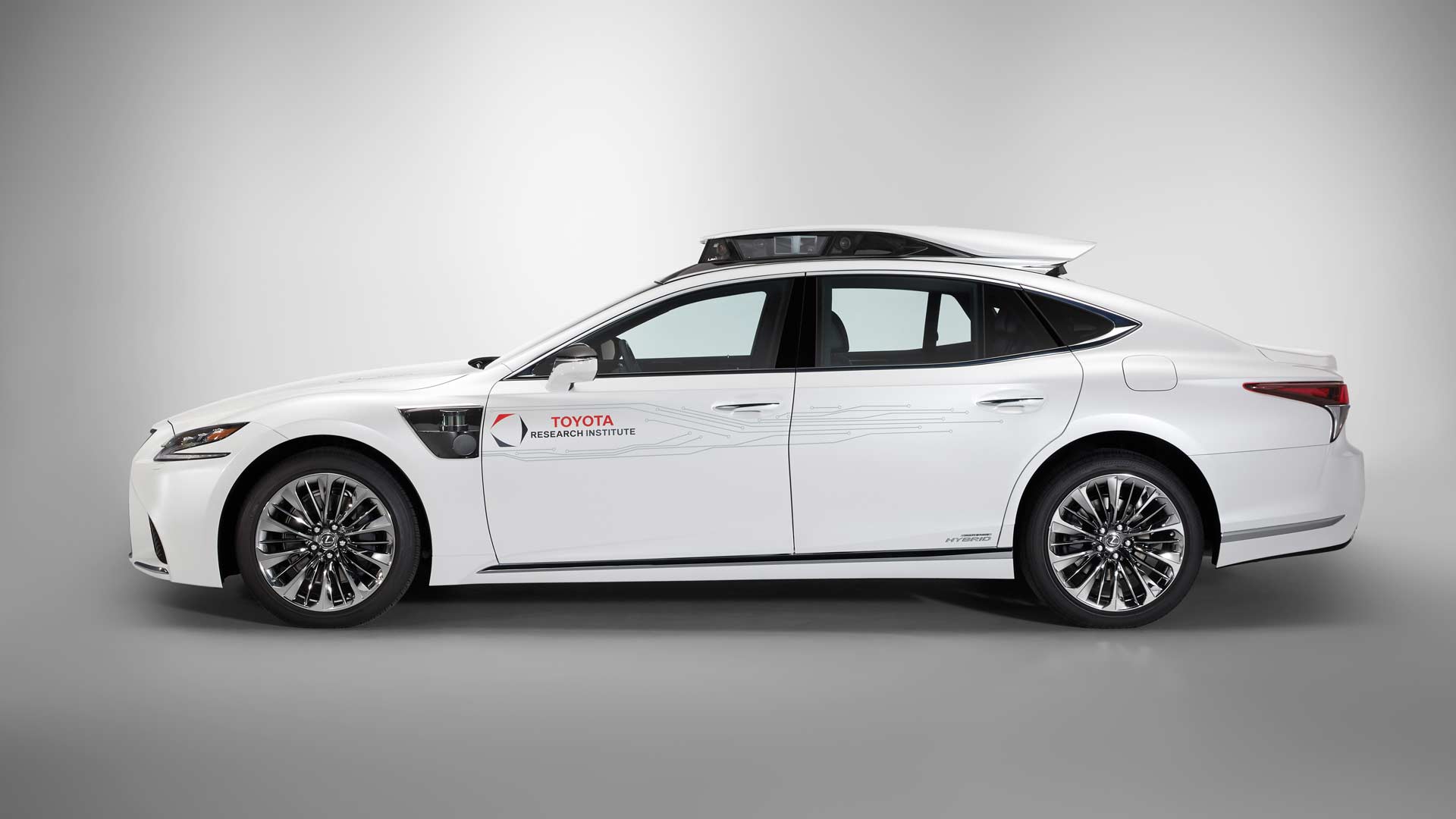 The beautiful design is all thanks to the 5th gen Lexus LS500h
The beautiful design is all thanks to the 5th gen Lexus LS500h
The radar system has been optimized to improve the field of view, especially for close range detection around the vehicle perimeter. The LIDAR sensing system with eight scanning heads carries over from the previous test model, Platform 3.0, and morphs into the new vehicle design.
According to TRI (Toyota Research Institute), the P4 is a much smarter research vehicle than its predecessor. With greater computing power, its systems can operate more machine learning algorithms in parallel for faster learning. It can process sensor inputs faster and react more quickly to the surrounding environment. All computing system power is now drawn from the vehicle’s hybrid battery with the 12v battery now serving only as a backup.
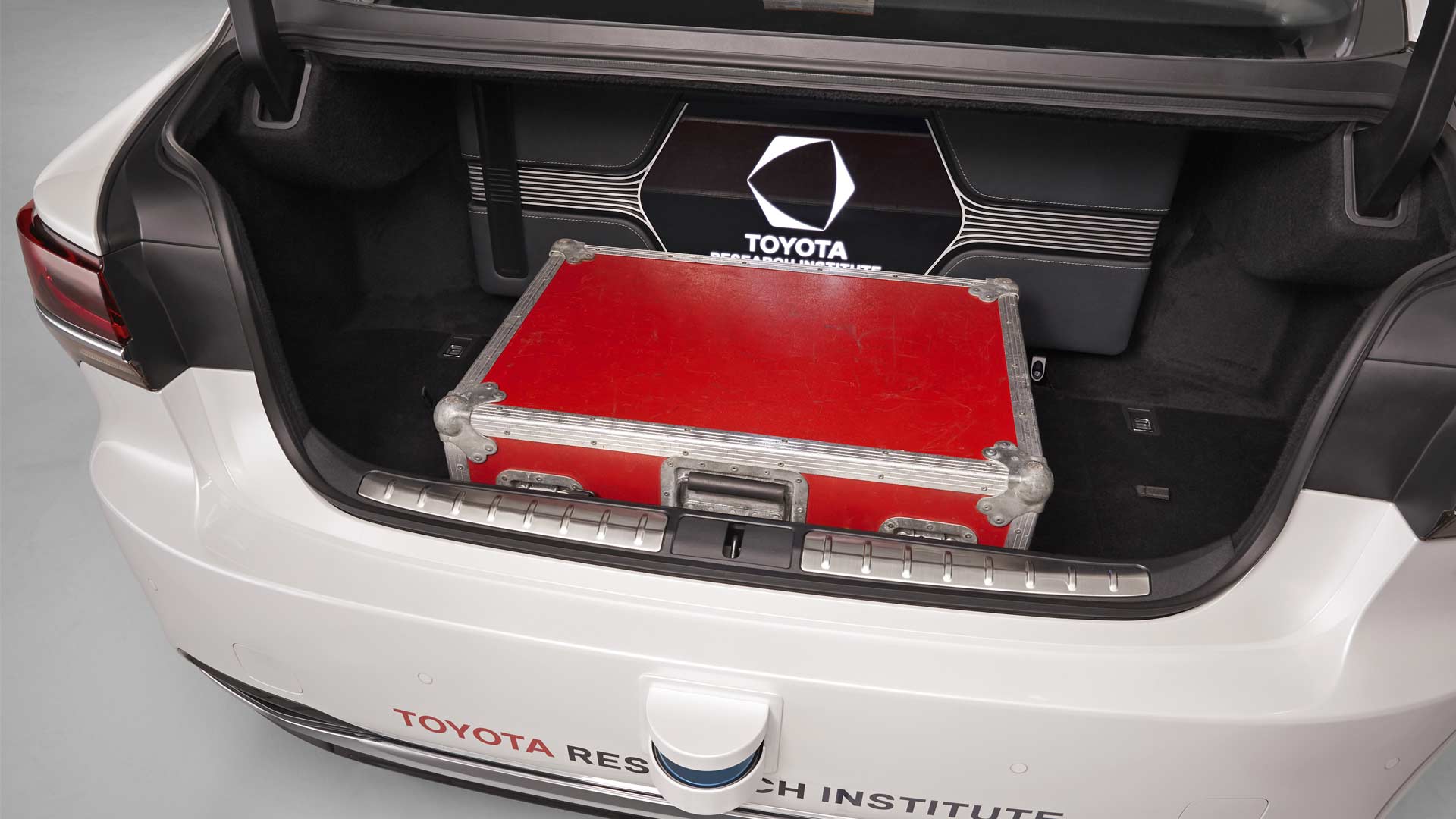
The compute box in the trunk, which serves as the “brain” of the automated driving system, has been reimagined. It is now tucked vertically against the rear seat transom, folding down to access the circuitry. This frees up the entire floor of the trunk for hauling cargo.
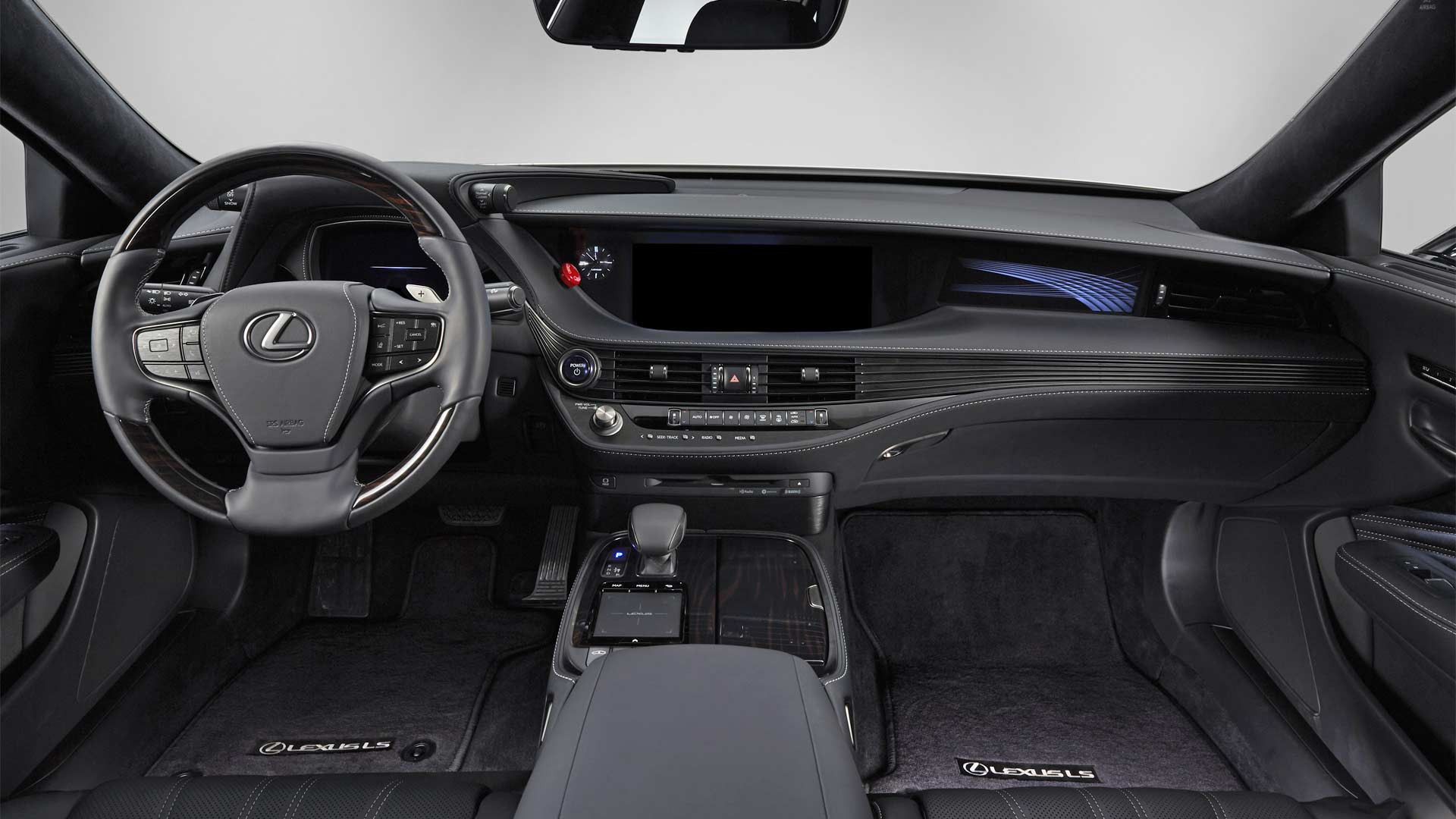
“Our Chauffeur development is focused on full autonomy, where the human is essentially removed from the driving equation, either completely in all environments, or within a restricted driving domain,” said Ryan Eustice, senior vice president of automated driving at TRI. “Guardian, on the other hand, is being designed to amplify human performance behind the wheel, not replace it. The introduction of the new P4 platform will help us accelerate the development of both tracks when it joins our fleet this spring.”
According to Scott Roller, Senior Designer at CALTY, some of the inspiration for design came from science fiction.

Leave a Reply
Note: Comments that are unrelated to the post above get automatically filtered into the trash bin.
